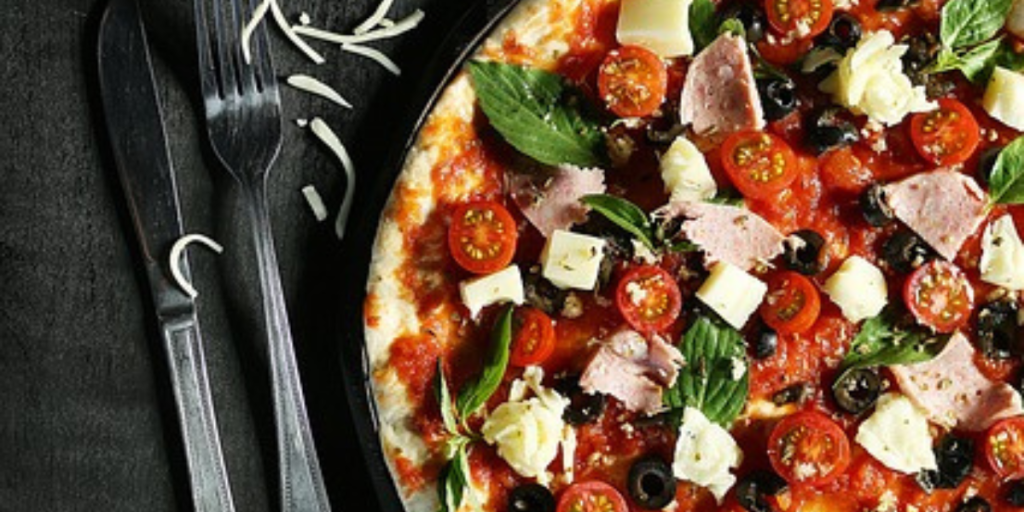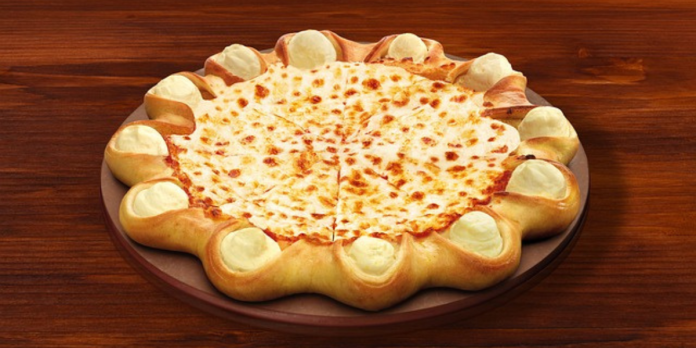Table of Contents

Pizza, a universally cherished culinary delight synonymous with informal dining and joyous gatherings, has often been relegated to the realm of guilty pleasures, not typically associated with a health-conscious diet. However, recent research and a more meticulous examination of its ingredients are challenging these preconceptions, revealing that pizza might harbor unexpected health benefits. In this in-depth exploration, we will delve into the nutritional facets of pizza, closely scrutinizing its potential positive impacts on our well-being.
Despite its classification as an indulgence, with its rich flavors and cultural significance, is emerging as a potentially nourishing addition to our diets. As our understanding of nutritional science advances, we are beginning to recognize that when its crafted thoughtfully, can offer surprising advantages for our overall health. Beyond its delectable taste and the conviviality it brings to various occasions, the individual components of pizza contribute a range of nutrients essential for maintaining a balanced diet.
In our journey through the layers of this iconic dish, we will zero in on the trio that forms the foundation of every pizza: the crust, the sauce, and the cheese. Each of these elements plays a pivotal role in shaping the overall nutritional profile of this beloved culinary creation. From selecting a whole grain crust, abundant in fiber and essential nutrients, to opting for the antioxidant-packed tomato sauce, we will unveil the healthful potential concealed within these seemingly straightforward components.
Our exploration extends to the diverse world of pizza toppings, where an assortment of vegetables, lean proteins, and aromatic herbs and spices converge to create a harmonious blend of flavors and nutritional benefits. The inclusion of vibrant vegetables not only enhances the visual appeal of it but also introduces a medley of vitamins, minerals, and antioxidants. Lean proteins, such as grilled chicken or fish, contribute to muscle development and cardiovascular health, while herbs and spices add both zest and potential health advantages to the culinary masterpiece.
In the subsequent sections, we will delve deeper into the nutritional merits of each pizza component, challenging existing notions and encouraging a reevaluation of this beloved dish’s role in a health-conscious and well-balanced diet. Join us on this culinary expedition as we explore the unexpected health benefits that pizza can offer when approached with mindfulness and a keen awareness of its nutritional intricacies.
The Essentials: Crust, Sauce, and Cheese
Whole Grain Crust
- The base of any pizza lies in its crust, and opting for a whole grain alternative can significantly amplify its nutritional content. Whole grains provide crucial nutrients such as fiber, vitamins, and minerals. Fiber, specifically, aids digestion and promotes a sense of fullness, supporting a healthy weight.
Tomato Sauce
- The commonly used tomato sauce in it is rich in lycopene, an antioxidant recognized for its potential health benefits. Lycopene has been associated with a reduced risk of certain cancers and supports heart health. Tomatoes also contain vitamins A and C, contributing to skin health and a robust immune system.
Cheese
- Despite its often-criticized fat content, cheese can serve as a valuable source of calcium and protein. Calcium is essential for bone health, and protein plays a crucial role in muscle repair and overall bodily function. Opting for cheeses with lower fat content or exploring alternatives like mozzarella can render your pizza more nutritionally balanced.
Toppings: A Cornucopia of Nutrients
- Vegetables:
- Elevate your pizza with a medley of colorful vegetables for an added nutrient boost. Bell peppers, spinach, mushrooms, and onions not only contribute to the flavor but also provide an array of vitamins, minerals, and antioxidants. These toppings offer numerous health benefits, from supporting vision (vitamin A in bell peppers) to providing a rich source of iron (found in spinach).
Lean Proteins:
- Incorporating lean proteins like grilled chicken or turkey can elevate the nutritional content of your pizza. Proteins are vital for muscle development, and lean options help maintain saturated fat levels. Fish, such as tuna or salmon, not only introduces a unique flavor but also provides omega-3 fatty acids, promoting heart health.
Herbs and Spices:
- The inclusion of herbs and spices in pizza preparation not only enriches the taste but also contributes potential health benefits. Garlic, for instance, possesses antimicrobial properties, and oregano is abundant in antioxidants. These flavorful additions can positively impact your overall well-being.
Pizza and Balanced Eating:

Portion Control
- Like any dish, consuming pizza in moderation is essential. Be mindful of portion sizes, and consider pairing your pizza with a side salad or other nutrient-dense options to create a well-rounded meal. Balancing your pizza intake with a variety of foods ensures you meet your nutritional requirements.
Nutritional Variety:
- The versatility of pizza lies in its adaptability. By opting for diverse toppings, you can create a pizza that provides a range of nutrients. This variety is crucial for maintaining a balanced diet and preventing nutritional deficiencies.
Mindful Eating:
- Practicing mindful eating while enjoying pizza can enhance your overall dining experience. Savor each bite, pay attention to your body’s hunger and fullness cues, and choose high-quality ingredients for a more satisfying and nutritious meal.
Pizza and Mental Well-being:
Social Connection:
- Sharing a pizza with friends or family often accompanies social gatherings. The act of sharing a meal fosters a sense of community and connection, contributing to positive mental well-being. The enjoyment of food in a social context can enhance the overall dining experience.
Sensory Pleasure
- The sensory pleasure derived from savoring a well-prepared pizza can have positive effects on mood and satisfaction. The combination of textures and flavors stimulates the senses, creating a pleasurable experience that goes beyond mere nourishment.

In conclusion, while pizza may not be labeled a superfood, it undoubtedly has a place in a balanced and healthy diet. By making mindful choices about ingredients, opting for whole grains, and loading up on vegetables, pizza can offer a surprising array of health benefits. The key lies in moderation, variety, and an understanding of the nutritional value of each component. So, the next time you indulge in a slice of pizza, relish the fact that, when approached with awareness, this beloved dish can be a delicious and surprisingly nutritious addition to your menu.
Have a look at some health benefits of Feta pasta





















